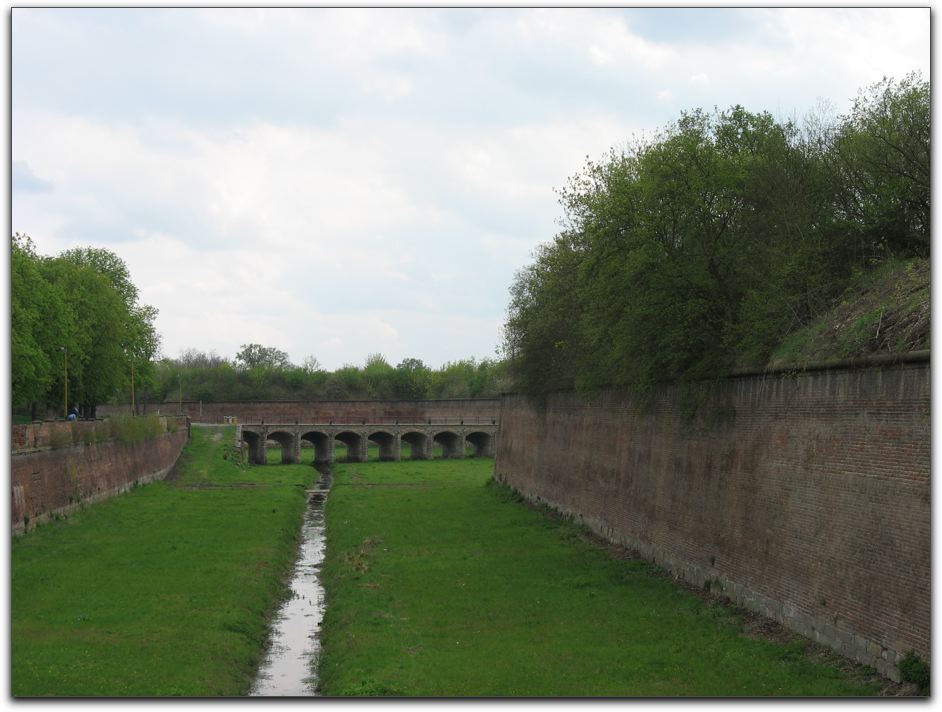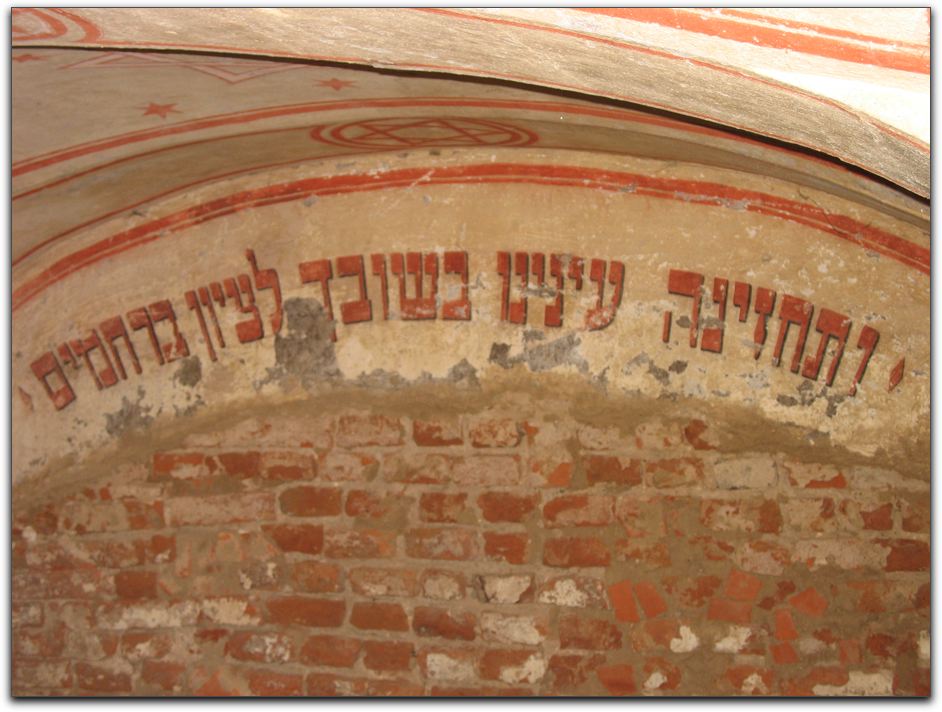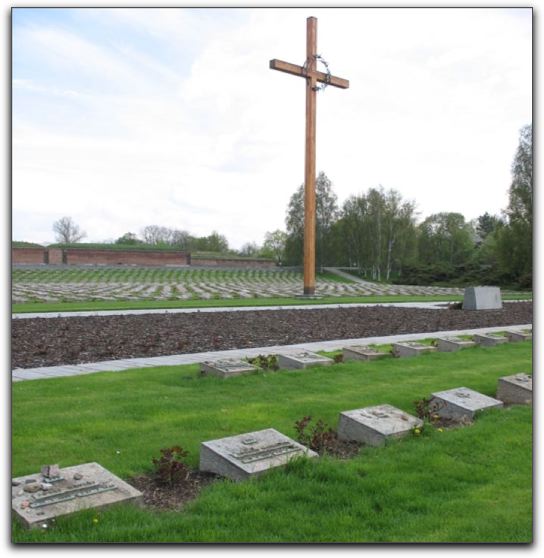
Sunday morning we headed out to Terezin from Prague.
At first the area looks like Ferrara, red-brick city walls with grass--very pretty.

But the entire town had been evacuated by the Nazis (who knows where the inhabitants went?) to create the camp in this fortress and garrison town initially built by Austrian Emperor Josef II in 1780-90 because of its strategic location where the Ohre river empties into the Lave.
Once again the educational materials were well done for the walk through the various sites in town. However, the sheet passed out at the crematorium shocked us:
"Contrary to any ethical norms, the crematorium staff were ordered to pick up from the ashes, pieces of gold and hand them over to the SS Command"
...suggesting that:

Terezin is comparatively well known because of the book: I Never Saw Another Butterfly which was first released in the States in the early 1970s. Since then, a number of other "popular" works dealing with Terezin.
An amazing amount of resistance, in the form of cultural and artistic work including I Never Saw Another Butterfly took place there. Maybe that's the tzelem elohim, the image of God, I [Debbie] wrote about earlier. Education of children, publication of magazines, concerts, exhibits, operas, creation of art all continued. Of course this was a "show camp" and this creativity might have been possible because of that. Those prisoners at least had some energy and chose to focus it this way.
One aspect of resistance that we did not know of was a hidden synagogue at Terezin:

The text reads (from the Amida):
And may our eyes see Your return to Zion in mercy.
Terezin is, once again a "living" city, where children play in the public square. What do they think about where they live?

Just outside the walls of the city there is a parking lot where visitors are expected to leave their cars, then walk into the city. There you can see posters encouraging you to visit other, related sites.

The poster on the far right is for a synagogue not far away.

People often ask why Jews put pebbles on graves rather than bring flowers.
Mark has always offered a naturalistic explanation that related to the need to identify the location of a grave in a desert where the sand would constantly obliterate the site.
Then we saw this:

In the Christian portion of the Czech national cemetery (think Arlington), the Jewish section is in the distance, near the wall. Notice that on the Christian headstones you see pebbles!